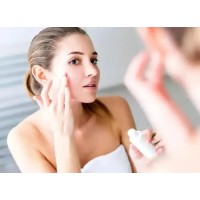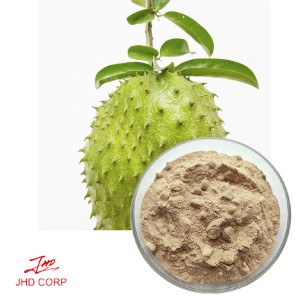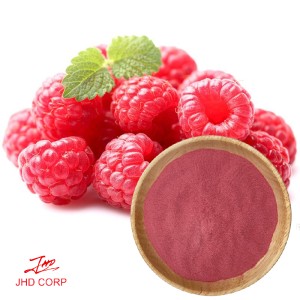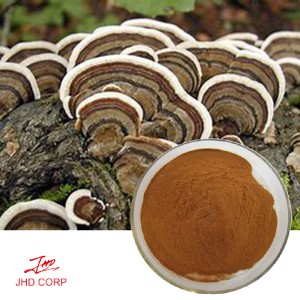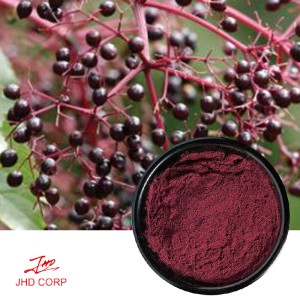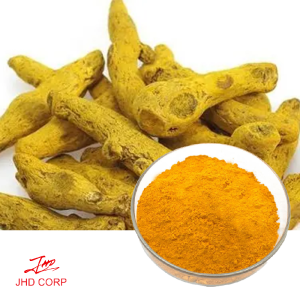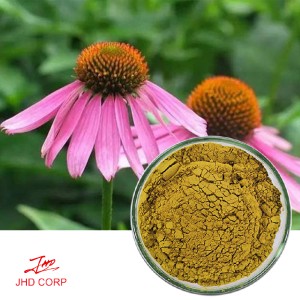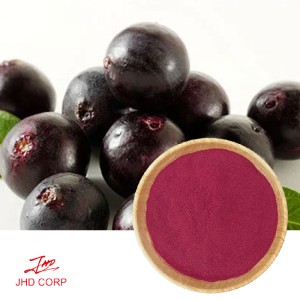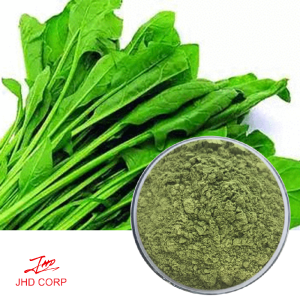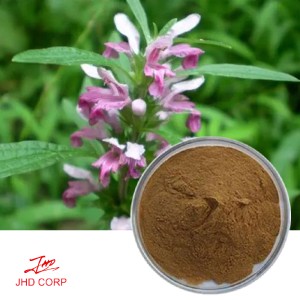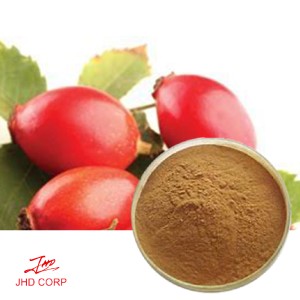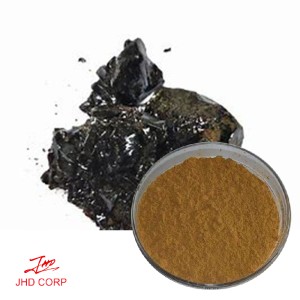Azelaic Acid Advantages and Limitations of Use
Azelaic acid is a natural dicarboxylic acid isolated from extracts such as wheat/rye and is a traditional functional raw material.
Azelaic acid is a natural dicarboxylic acid isolated from extracts such as wheat/rye and is a traditional functional raw material.
Azelaic acid powder first appeared in front of everyone as an anti-acne product. It easily penetrates the skin and kills Propionibacterium acnes (one of the main causes of acne), azelaic acid is equivalent to combining the effectiveness of antibiotics and AHAs/salicylic acids.

Secondly, azalea acid also has a good whitening effect. A certain concentration of azelaic acid can inhibit the action of tyrosinase, reduce melanin production, accelerate the replacement of keratinocytes, and take away the melanin that has risen to the skin's surface.
Although azelaic acid powder has good whitening, oil secretion control, anti-fungal, acne-removing, and other effects, its application in cosmetics is greatly limited by the following shortcomings such as compatibility:
1. Poor water solubility
The solubility of azelaic acid in water is less than 0.1%;
2. Large dosage
Higher concentrations must be used to be effective (even up to 20%), and, being insoluble at high concentrations, azelaic acid dispersed in cosmetics not only makes the paste less stable but also spreads poorly.


